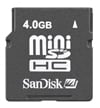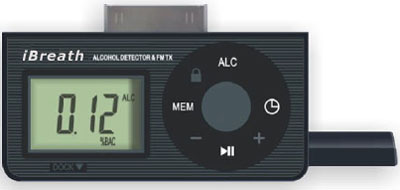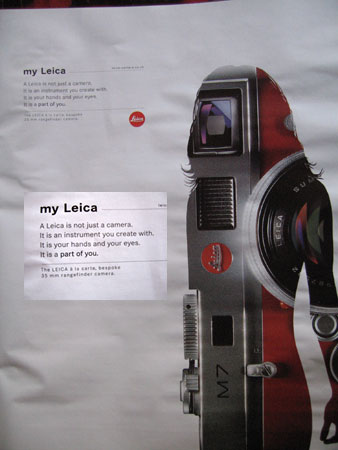David Pogue had the neat idea of looking up the Lexis-Nexis newspaper database to see how Apple was being covered a decade ago. Here’s a selection of what he found:
- Fortune, 2/19/1996: “By the time you read this story, the quirky cult company…will end its wild ride as an independent enterprise.” * Time Magazine, 2/5/96: “One day Apple was a major technology company with assets to make any self respecting techno-conglomerate salivate. The next day Apple was a chaotic mess without a strategic vision and certainly no future.” * BusinessWeek, 10/16/95: “Having underforecast demand, the company has a $1 billion-plus order backlog…. Apart from some ideas, the only and best alternative: to merge with a company with the marketing and financial clout to help Apple survive the switch to a software-based company. The most likely candidate, many think, is IBM Corp.” * A Forrester Research analyst, 1/25/96 (quoted in, of all places, The New York Times): “Whether they stand alone or are acquired, Apple as we know it is cooked. It’s so classic. It’s so sad.” * Nathan Myhrvold (Microsoft’s chief technology officer, 6/97: “The NeXT purchase is too little too late. Apple is already dead.” * Wired, “101 Ways to Save Apple,” 6/97: “1. Admit it. You’re out of the hardware game.” * BusinessWeek, 2/5/96: “There was so much magic in Apple Computer in the early ’80s that it is hard to believe that it may fade away. Apple went from hip to has-been in just 19 years.” * Fortune, 2/19/1996: “Apple’s erratic performance has given it the reputation on Wall Street of a stock a long-term investor would probably avoid.” * The Economist, 2/23/95: “Apple could hang on for years, gamely trying to slow the decline, but few expect it to make such a mistake. Instead it seems to have two options. The first is to break itself up, selling the hardware side. The second is to sell the company outright.” * The Financial Times, 7/11/97: “Apple no longer plays a leading role in the $200 billion personal computer industry. ‘The idea that they’re going to go back to the past to hit a big home run…is delusional,’ says Dave Winer, a software developer.” David Pogue’s conclusion: “When anyone asks me what the future of technology holds, or what kids will be bringing to school in 2016, I politely decline to answer.” Amen.



